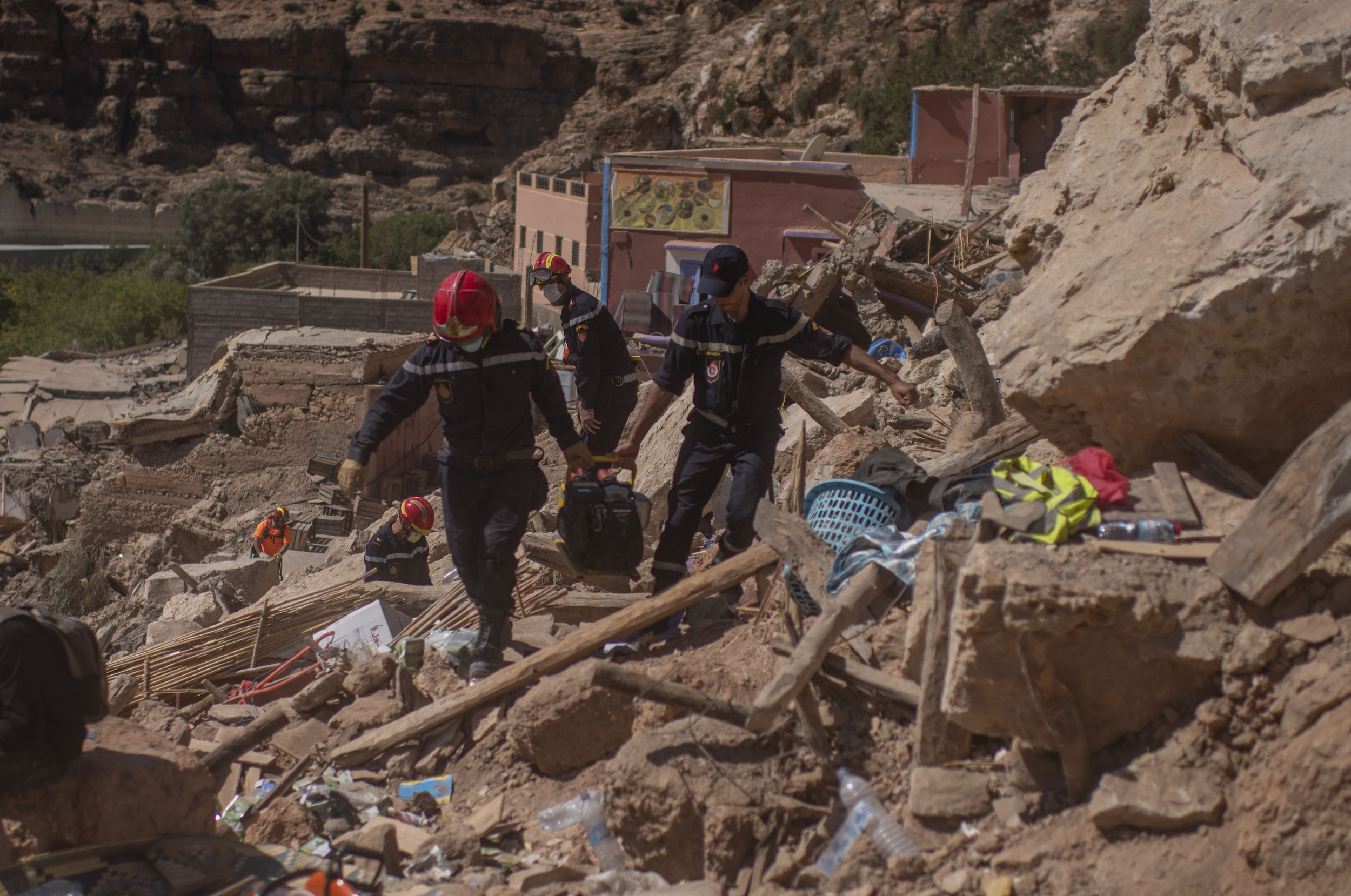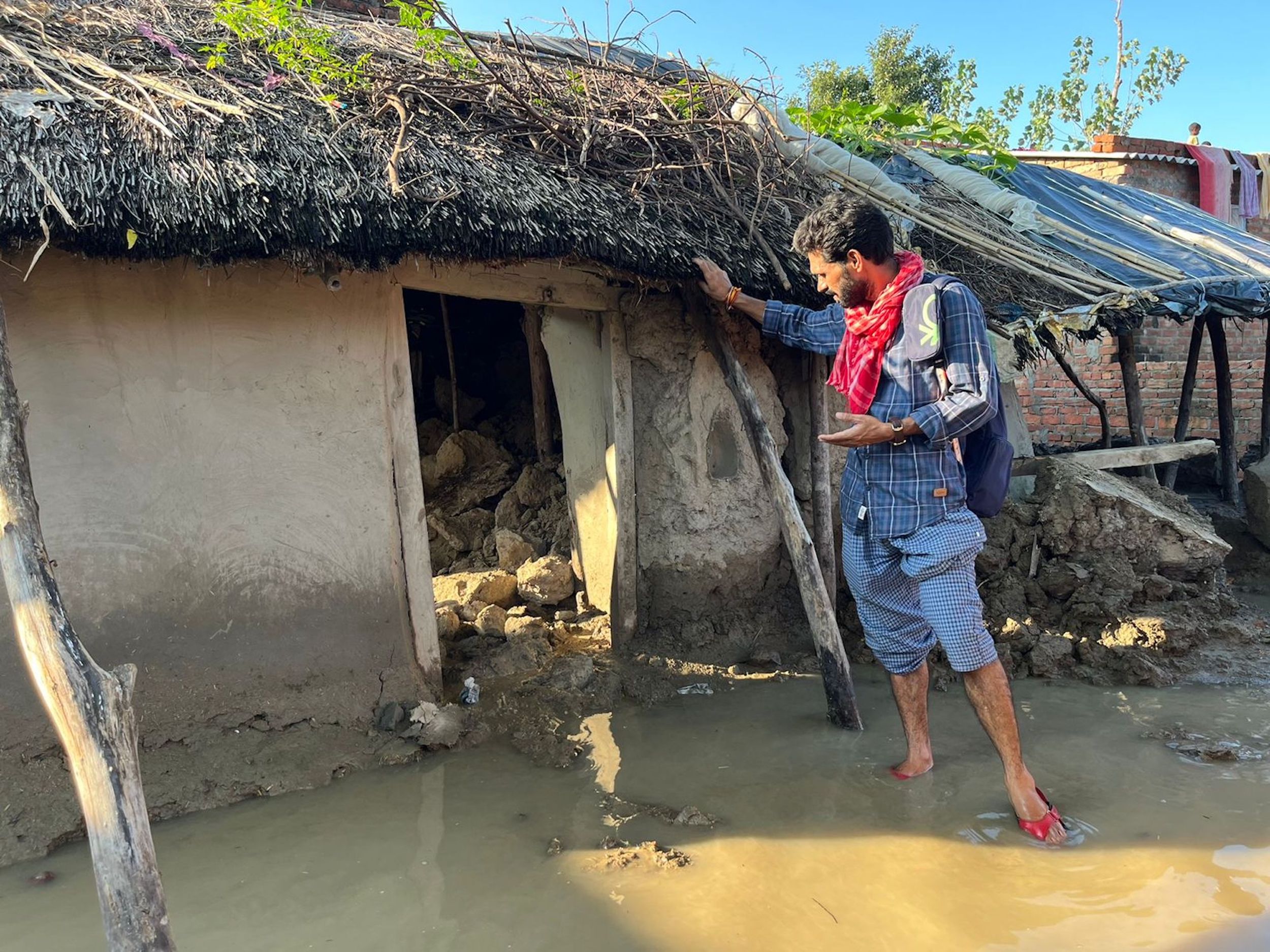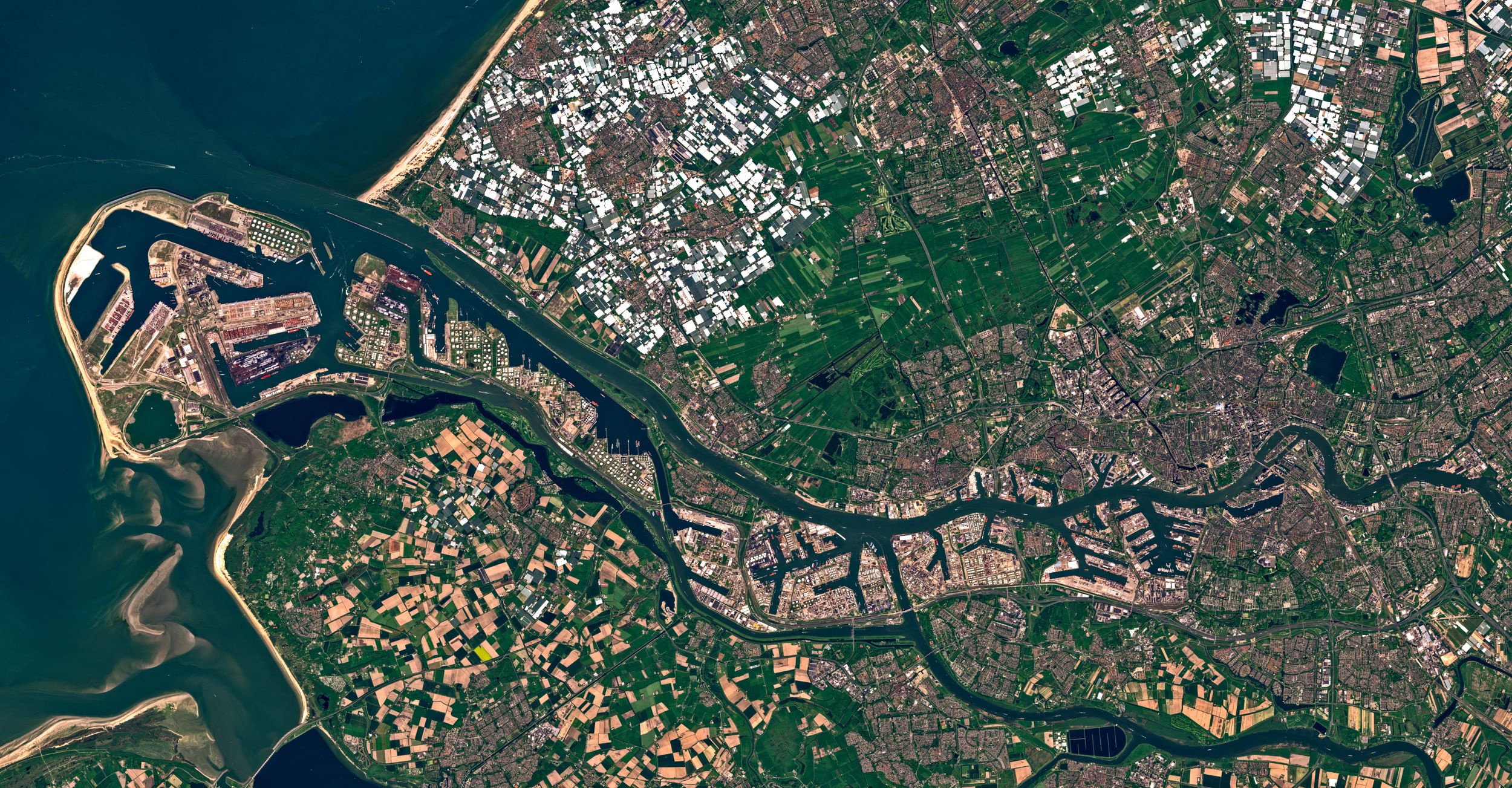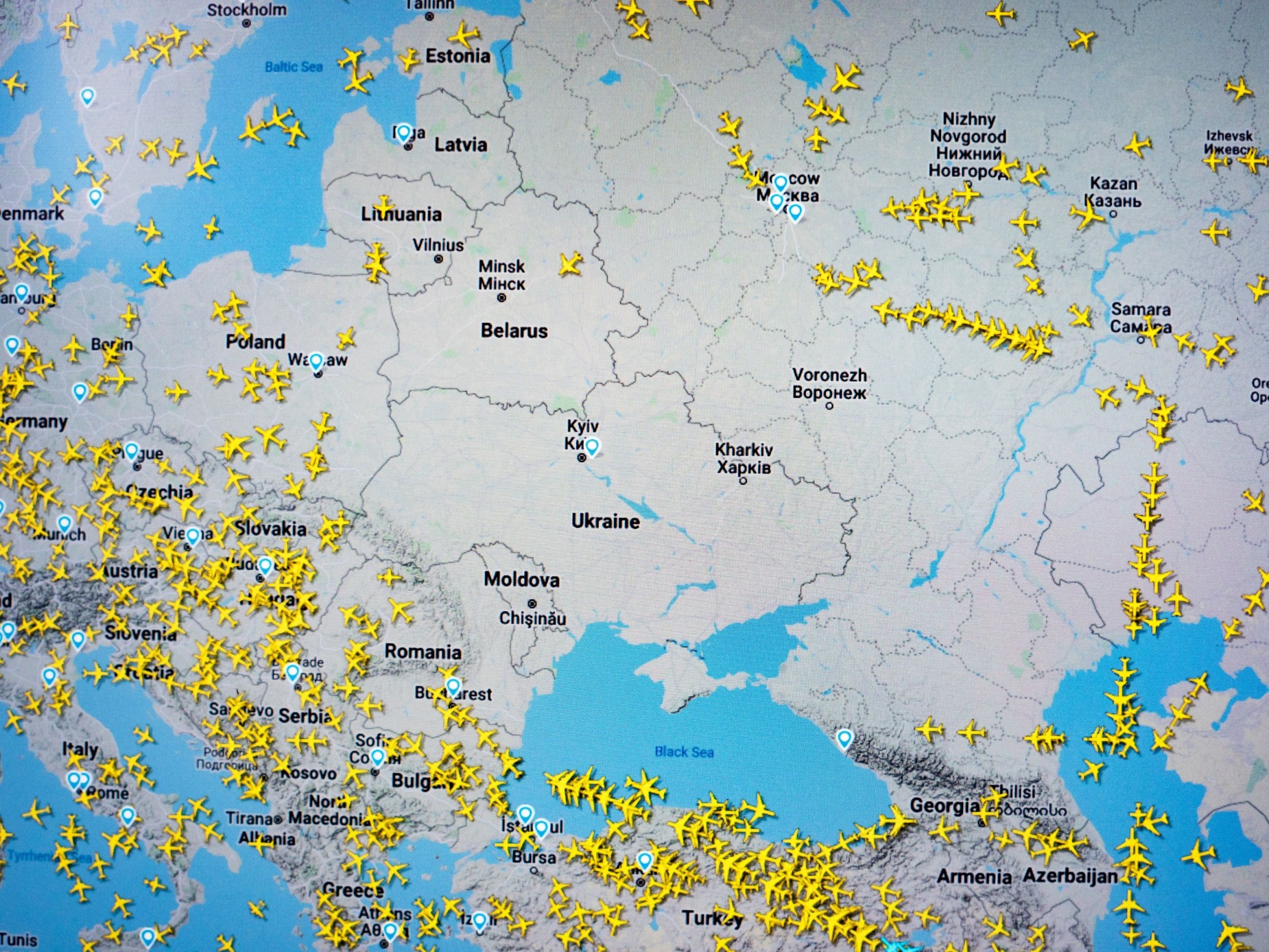ما الذي يدفع فيسبوك إلى محاربة الفلسطينيين في التعبير عن رأيهم ضد ممارسات الاحتلال الإسرائيلي عبر فضاء افتراضي، على الرغم من أن الفلسطينيين قد دفعوا 2 مليون دولار لتمويل إعلانات على فيسبوك خلال عام 2017؟
لابدَّ من بحثٍ للإجابة عن هذا السؤال، فأمام الأنفاق المغلقة التي أوصدت الطرق أمام الفلسطينيين في التعبير عن معاناتهم وقضيتهم في الساحات الدولية، ينحاز الموقع الأزرق إلى قطب قوة الواقع بالمال والسياسة، ليصبَّ مزيداً من التضييق على الفلسطينيين في نشاطهم الإلكتروني.
يُروِّج فيسبوك لنفسه على أنه من مواقع التواصل الاجتماعي وأحد أدوات التعبير عن الحرية والرأي في الدبلوماسية الرقمية الحديثة، كما يُصنَّف بالمكان البعيد عن رقابة الحكومات وقمع الحريات مثل مؤسسات الإعلام التقليدية، وبحكم انتشاره الواسع في العالم بمستخدميه النشيطين الاثني مليار شهرياً، وفقاً لإحصائية نشرها موقع "ستاتيستا". وحسب تقرير وسائل التواصل الاجتماعي في فلسطين 2017، فإن أكثر من 1 مليون و 700 ألف لديهم حسابات نشطة في فلسطين، بنسبة استخدام تصل إلى 30% من السكان.
كونه أحد أهم الأدوات الدبلوماسية الرقمية، فإن استثماره كوسيلة من قبل المؤسسات الرسمية في العالم للوصول إلى الرأي العام لتحسين صورتها العامة بات أمراً ضرورياً وملحاً، فكيف استثمر الاحتلال ذلك؟
في إطار البحث والاطلاع اليومي في الشأن السياسي الفلسطيني، كباحث في العلاقات الدولية عبر الصفحات الإخبارية الموثقة في موقع فيسبوك، كصفحة وكالة شهاب للأنباء مثالاً لا حصراً، يُفاجأ المتابع بحظر الصفحة وعدم وجودها، وبتكرار الأمر ذاته مع أكثر من صفحة إخبارية أخرى واجتماعية بل وصفحات ناشطين فلسطينيين من كافة الألوان والجغرافيا الفلسطينية، يتأكد للمتابع أن ثمة موجة سياسية من حذف المحتوى الفيسبوكي الفلسطيني آخذة في طريقها نحو التفعيل.
على ما يبدو أن فيسبوك لم يعد طرفاً محايدا في التواصل الاجتماعي كما كان سابقاً قبل ثورات الربيع العربي على الأقل، إذ لم يكن من الانحياز إلى طرف سياسي بقدر ما أصبح عليه بعد الثورات العربية المضادة كما يُطلق عليها، فقد أدرك الاحتلال الإسرائيلي – من جهته- أهمية الموقع الأزرق في الحد من تأليب الرأي العام ضده، لذا فقد قرر عام 2011 تفعيل تواجد مؤسساته الحكومية على شبكات التواصل الاجتماعي، بما في ذلك شخصياته العامة بحيث تتبنى المؤسسة الأمنية الإشراف المباشر عليها، وهي خطوة لها مدلولاتها وتوابعها السياسية والأمنية، بمعنى أن تتحكم المؤسسة الأمنية فيما يُصدَّر للإعلام عنها والكيفية التي يصدر بها، لكن التساؤل: هل يعطي ذلك الحق للاحتلال الإسرائيلي عبر فيسبوك لمسح المحتوى الفلسطيني؟
يدرك الاحتلال أن توافقاً واجباً بينه وبين الموقع الأزرق من الأهمية بمكان لمنع تعاظم المحتوى الفلسطيني المعادي له، بجانب تسويق دعايته في رغبته بالعيش المشترك في المنطقة العربية، كونه غريباً فيها ودخيلاً عليها. كما يهتم الاحتلال بتعزيز روايته للأحداث في ظل تغييب الرواية الفلسطينية، وهي الأهداف التي أكدها الخبير الاستراتيجي في الدعاية الاجتماعية عَمْرِي رُوْخ في دراسة مع وزارة الخارجية الإسرائيلية عام 2016.
مؤخراً، عمدت إدارة فيسبوك عبر خوارزميات رياضية إلى ملاحقة المحتوى الفلسطيني المناهض لـ"إسرائيل"، تتيح هذه الخوارزميات قراءة وتتبع المنشورات وتصنيفها كتحريض ضد الاحتلال، وكذلك التحريض على العنف، وكان شهر فبراير/شباط الماضي قد شهد 200 انتهاكاً فيسبوكياً بما يعادل أكثر من نصف انتهاكات الموقع نفسه عام 2017 لوحده، وفقاً لتقرير أصدره مركز صدى سوشيال المختص في توثيق تلك الانتهاكات مطلع شهر مارس/آذار الحالي، مما يؤكد تعاوناً وثيقاً مع الاحتلال الإسرائيلي بموجب اعتراف فيسبوك رسمياً باستجابته إلى 90% من طلبات الاحتلال الإسرائيلي الإلكترونية، لحذف حسابات ومواد إعلامية فلسطينية خلال عام 2017، حسب موقع "ذا إنترسبت" الأميركي، بجانب تصريح مسؤول في شركة فيسبوك، "أن شركته تتعاون مع حكومات العالم، ومؤسسات المجتمع المدني والأكاديمي".
في الوقت ذاته، يغض فيسبوك الطرف عن العنف والتحريض الإسرائيلي على قتل الفلسطينيين والتي بلغت 48 انتهاكاً كل ساعة للفترة ذاتها، بينما أوردت شركتا "كيرن برال" و "فيجو" أن عام 2017 شهد زيادة في التحريض الإسرائيلي ضد الفلسطينيين بنسبة 17%، برصد 5 مليون منشور تحريضي وبزيادة 1 مليون عن عام 2016، لم تتخذ إدارة فيسبوك ضدها أي إجراء احترازي أو تحذيري، كما تشير دراسة ضمن حملة مكافحة العنصرية في مواقع التواصل الاجتماعي الإسرائيلية، أوردها تقرير لمركز رؤية للتنمية السياسية أشار إلى أن 79% من العنصرية عبر تلك المواقع موجهة ضد الفلسطينيين.
الانتهاكات الفيسبوكية بحق المحتوى الفلسطيني لم تستهدف صفحات تابعة لفصائل فلسطينية مُقاوِمَة فحسب؛ بل تعداها إلى صفحات فلسطينية ثقافية كمجلة إشراقات، وأخرى تُوَثِّق للمُدن الفلسطينية بأسمائها كالقدس والخليل وبيت لحم وغيرها، وأخرى تسرد التاريخ الفلسطيني، وصفحات ناشطين وعائلات فلسطينية كعائلة آل جرار مثالاً لا حصراً.
وبعد جردة الحساب البسيطة أعلاه؛ تكمن الأهداف من وراء محاربة فيسبوك للمحتوى الفلسطيني، إلى عزل قضية فلسطين عن محيطها الخارجي وما تتعرض له بفعل ممارسات وانتهاكات الاحتلال، بالإضافة إلى محاصرة المقاومة الفلسطينية وحاضنتها الشعبية داخلياً بما يشبه حصاراً إلكترونياً وإعلامياً، والتوقف عن نشر أخبارها والتفاعل معها لإسقاطها من قائمة الأحداث الدولية ذات الاهتمام.
ترويج فيسبوك لاعتماد الرواية الإسرائيلية حول الأحداث في الأراضي الفلسطينية وتعميمها، يُعَدُّ تجاوزاً لحرية الرأي والتعبير التي تنادي بها فيسبوك، كما يمكن اعتباره توجيهاً للرأي العام وتأثيراً عليه لصالح خلق قناعات ورؤى مجانبة للحقيقة.
ومما لا يدع مجالاً للشك حول تماهي إدارة شركة فيسبوك مع سياسات الاحتلال العنصرية ضد الفلسطينيين إلكترونياً، فإن جوردانا كاتلر، مسؤولة السياسات والاتصال في شركة فيسبوك في إسرائيل، قالت في مقابلة مؤخراً مع الجزيرة الإنجليزية "إن الشبكة تعمل عن قرب مع قسم القرصنة الإلكترونية الإسرائيلية في وزارة العدل، وكذلك مع الشرطة والجيش والشين بيت الإسرائيلي"، وقد عملت كاتلر سابقاً مستشارة لرئيس الوزراء نتنياهو.
ويبقى السؤال مطروحاً حول آليات دفاع الفلسطينيين عن محتوى إعلامهم أمام التعاون الإسرائيلي الفيسبوكي في ظل اتساع رقعة المواجهة من الأرض إلى العالم الافتراضي؟ والوسائل القانونية التي تمكنهم من إجبار فيسبوك على التزام الحياد في بحر الإعلام الافتراضي إن كان يتبنى فعلاً مبادئ الحرية في التعبير عن الرأي.








































